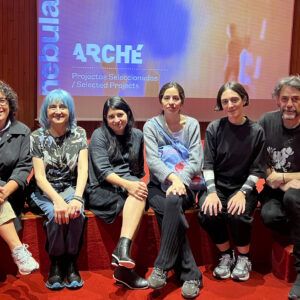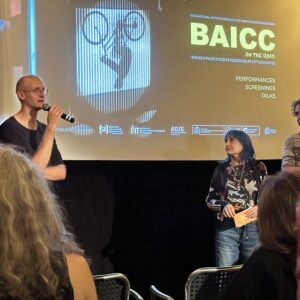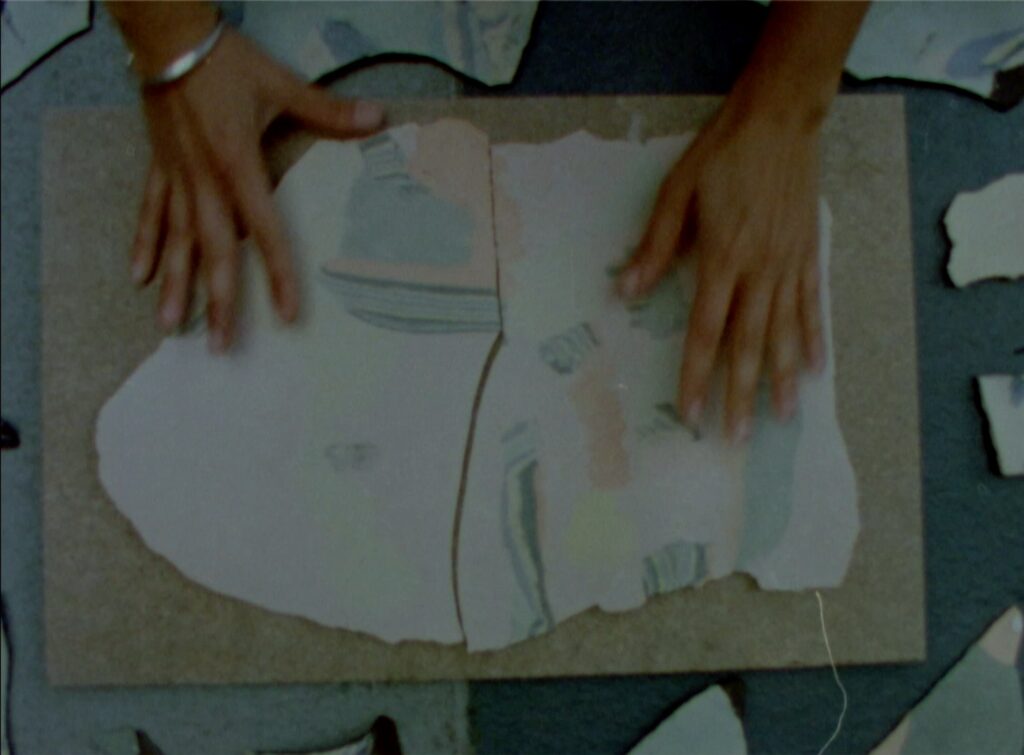
Friday’s here, and our on-site offer will be the star! All Sinais en curto contents –which feature a number of authors whose work we’ve been discussing in the special solo programs that we streamed throughout the week– will be on show at Sala Palexco and CGAI. As for today’s episode of Camera Obscura, it will be devoted to Valentina Alvarado, whose pieces will also be screened this evening at the Fundación Luis Seoane building, along with a selection of works by Carlos Vásquez, and the day will close with a collaborative performance by the two artists.
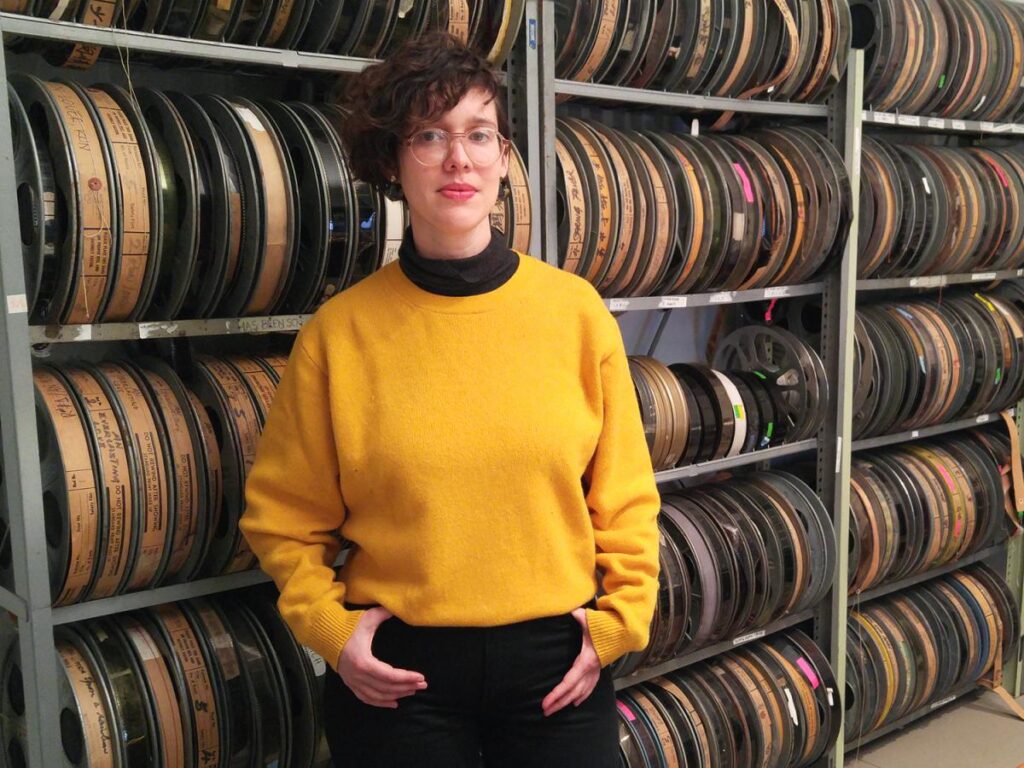
Valentina Alvarado was the artist chosen to participate in this year’s edition of BAICC, an artist-in-residence program that (S8) organizes in collaboration with the Spanish agency for the promotion of culture AC/E and Toronto’s LIFT. Today we’ll be able to watch, at its world premiere, the piece that she created at the LIFT facilities. The film will be available both online –it will be streamed as part of today’s episode of Camera Obscura– and on-site at the Fundación Luis Seoane. Born in Maracaibo, Venezuela, Alvarado currently lives and works in Barcelona. In our interview with her we discuss the main topics and key features of her film work. Alvarado, who has a background in the visual arts, builds her films from visual exercises on a variety of themes. Collage, paint, ceramics, and many other substances are common in her pieces, where she explores subjects like one’s identity as a migrant, the sense of belonging, and the implications of geographic and emotional distance. In her latest piece Propiedades de una esfera paralela, Alvarado takes these premises a step further. The piece is a double projection in 16mm where the cold Canadian landscape is subject to a number of experiments that bring it closer to the tropic. To achieve this, she used mirrors, paint, fire, cut-outs of landscapes and other devices with which she managed to trick the camera lens –a collection of visual puns that appear to engage in a conversation thanks to the double projection format. We could say that Alvarado intends to build a portable home, or at least to question what “home” really means to her.
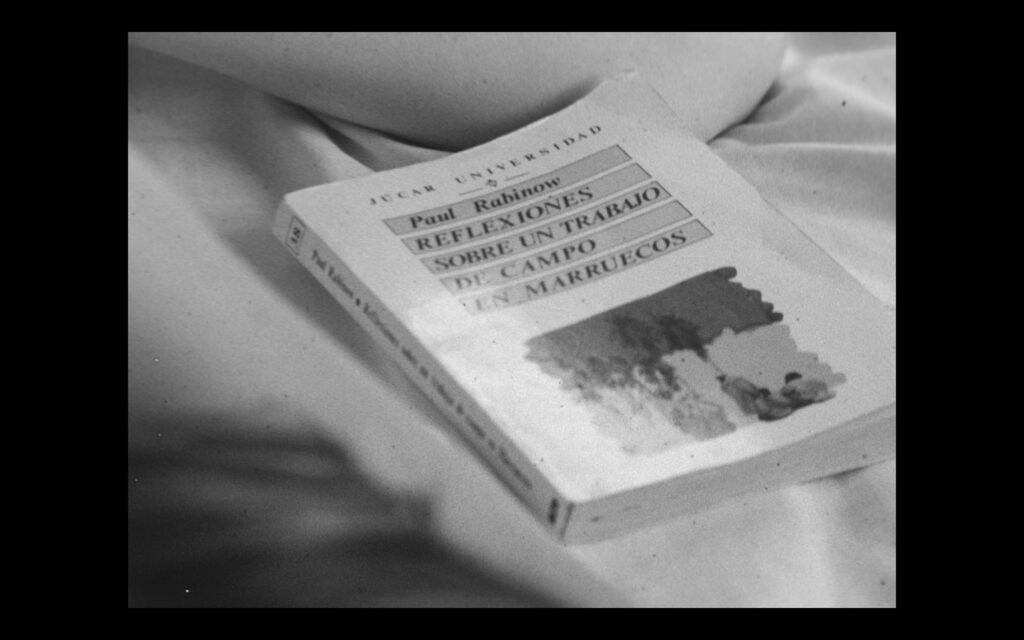
Alvarado’s on-site session at Fundación Luis Seoane will be followed by the screening of Carlos Vásquez’s featured pieces. Vásquez is a Chilean artist based in Barcelona and a recognized author in the field of analogue filmmaking in whose works the boundaries between non-fiction and experimental film are blurred. Some of his pieces evoke and question the devices of traditional ethnographic filmmaking –his Ensayo sobre el exotismo (parte I), named after the unfinished work by the French ethnographer and writer Victor Segalen, casts a critical eye upon that exoticizing gaze that transform reads the foreign as picturesque. Vásquez portrays the landscapes and people of an Asian country in a series of reels edited in-camera that he then displays in chronological order. His purpose? To make apparent the exoticizing gaze through the process of editing in-camera, avoiding to hide the stitches with a post-processing of the film. What remains is the first impression of a foreigner discovering a foreign place with foreign eyes. La troya, on the other hand, is a study on the very essence of cinema –a succession of still frames in which Muybridge famous images are merged with Le Grice’s legendary Berlin Horse. In La troya, Vásquez portrays his country, Chile. In mtDNA 1Ca hg he captures the Irish landscape, somehow connecting the premises of both pieces –a formal study of landscape meets the questioning of the exoticizing gaze and its implications.
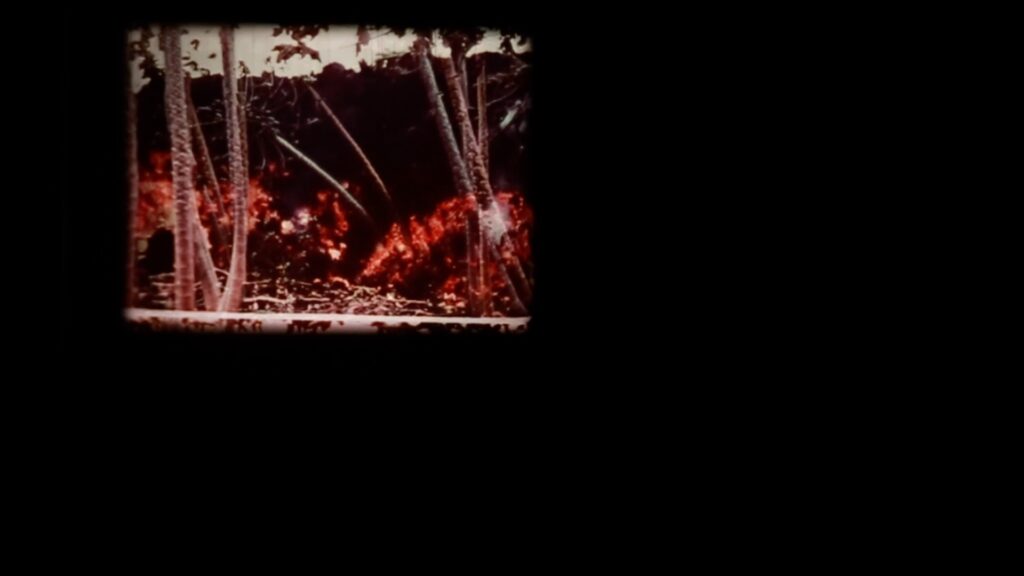
Today’s program will close with Paracronismos II, a collaborative performance by Vásquez and Alvarado that they put together with projections of different found items. Questioning these material –originally designed for disseminating a monolithic discourse for the promotion of an axiomatic perception of reality– is, actually, what led to the creation of this piece that, in the artists’ words, is meant to explore “the opposition nature/culture articulated by the means of science, extractivism, and domination”.

